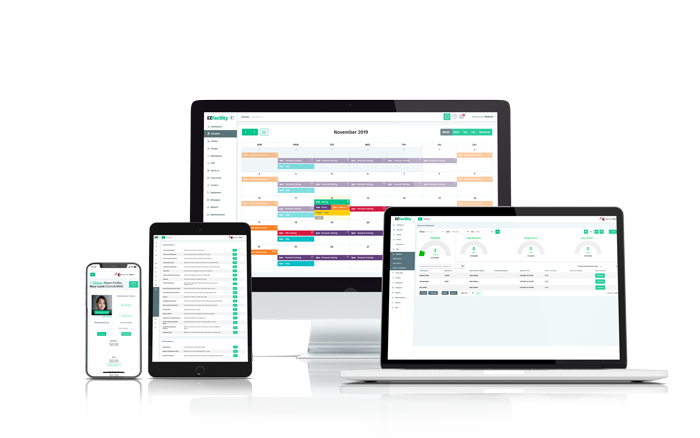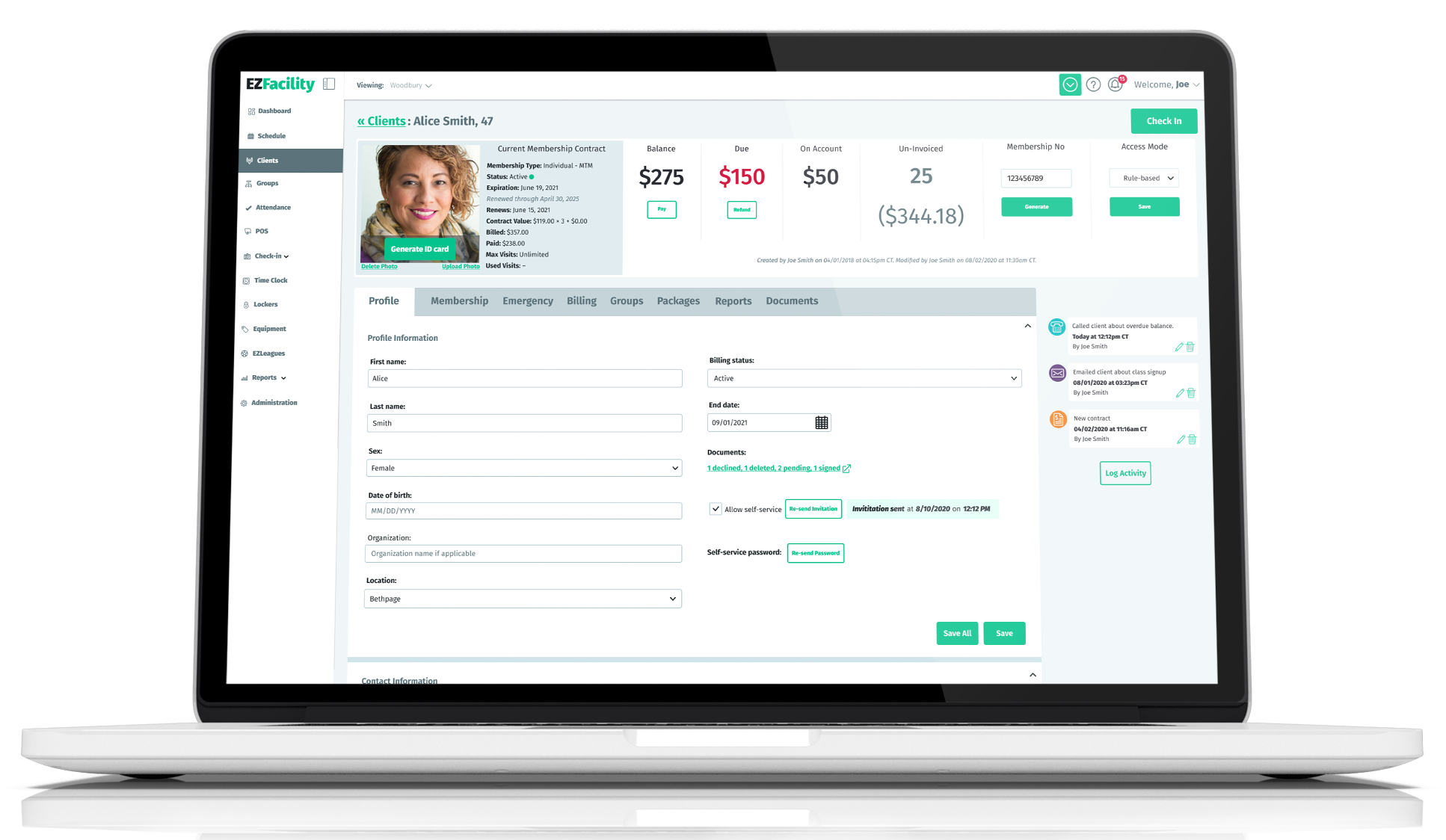Despite everything that’s been changing in the world—one thing most people still tend to agree on is that the beginning of each new year is “the time” (of all times) for us all to be optimistic, to set new short- and long-term goals, and to commit to improving ourselves and/or our respective circumstances over the course of the new year.
And so, every year, millions of people make fitness resolutions on New Year’s Eve and commit to joining a gym, working out more often, losing weight, and improving overall health.
But with 2022 just a few days away—it’s still a pretty stressful time for all of us, isn’t it? We’re all encouraged to find ways to be optimistic—while also grappling with the realization that January 2022 means the COVID-19 pandemic has been a global scourge for almost two full years now—and none of us really know what’s going to happen as the Omicron variant continuing to spread worldwide.
If you run a gym or fitness center, you’re most likely wondering what you can do to help keep your members optimistic, engaged, and motivated to pursue their long-term fitness goals throughout the year—and how you can avoid the dreaded member drop off as peoples’ commitments to their New Year’s resolutions begin to wane during the first few months of the year.
Here are a four retention strategies you can use to reach members before they get to that point:
1. Focus On the Member Experience
Today’s consumers are more empowered than ever, making it that much more important for you to focus on the customer experience you provide.
The member experience begins at the first point of contact with customers, and encompasses all of the touch points throughout the customer journey.
To ensure you’re providing a positive member experience, you need to continuously offer motivation, encouragement, exceptional customer support, and provide an atmosphere and community they can’t find anywhere else.
For more: The Importance of Member Experience, Now More Than Ever
2. Adopt the Hybrid Model
The hybrid model has become the new norm in the fitness industry—and that won’t be changing any time soon.
With the lingering uncertainty around the omicron variant of the coronavirus and the very real potential we may all be faced with another round of forced business closures and stay-at-home-orders, the hybrid gym model continues to makes a lot of sense—for you and your members.
On top of that, online training is ranked as the top fitness trend by the American College of Sports Medicine (ACSM)—and the demand for hybrid fitness options will only continue to increase as consumers’ have become accustomed to the flexibility it provides.
For more: Hybrid Fitness Ideas for the Holiday Season & Demand for Digital Fitness Options Remains High
3. Host Fitness Challenges & Competitions
Fitness challenges and competitions are a proven way to boost member engagement and retention. They also help generate new leads, encourage referrals and maximize customer loyalty.
When it comes to fitness and workout challenges, the opportunities are limitless. You can choose to structure them any way you’d like, and it’s a great way to keep your online and offline customers engaged by creating a sense of community and rewarding members for participation.
For more: 5 Tips to Consider When Developing A Fitness Challenge
4. Ask How They’re Doing!
The best way to know how your members are doing and feeling is to ask them. Requesting feedback after key touchpoints during the customer journey shows your members you care about their experience and how they’re doing, beyond just securing their initial sign-up.
A general feedback/customer satisfaction survey is a way for you to check in with your members throughout the year to show you still value their input, and are actively looking for ways to continue improving their member experience. That extra point of communication also helps keep them motivated and working toward their fitness goals.
For more: How to Collect Customer Testimonials and Build Trust
Conclusion
As the buzz around New Year’s resolutions begins to fade in the months to come—consider implementing the retention strategies we covered above to keep members optimistic, engaged, and working toward their long-term fitness goals throughout the year.
To learn how EZFacility’s comprehensive software solution can help you manage member communication and tracking with ease, schedule a free personalized product tour.









